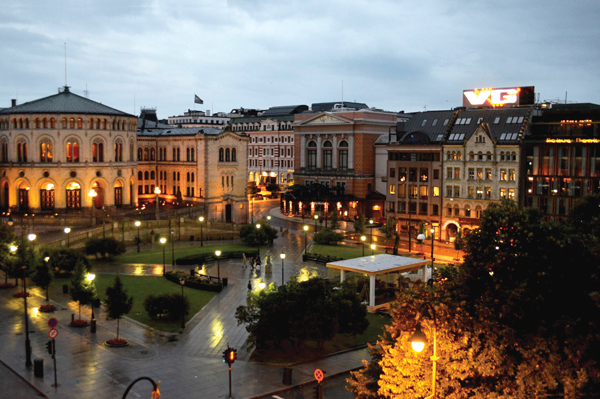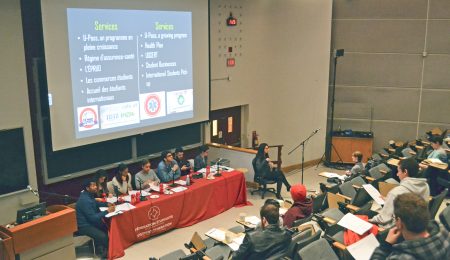Removing cars and increasing other options can only improve downtown
Many major cities struggle to find a balance between moving both cars and pedestrians around, including in Ottawa where it has been long debated whether it would be best for Sparks Street to reintroduce access for vehicles. However, not only should Sparks Street stay car free, downtown should eliminate cars altogether.
In Norway’s capital, Oslo, the new city council has just voted to ban cars from the city centre by the end of the decade. The move comes as part of a plan to reduce carbon emissions in the city to half of what they were in 1990.
Oslo is not alone in moving towards pedestrianisation—earlier this year, Paris successfully went car-free in some of its most historic areas for a day and there are plans to semi-pedestrianize the touristic downtown core. The Finnish capital, Helsinki, is also looking at implementing an on-demand public transport plan that would make car ownership less advantageous, by providing such good service that the costs of car ownership are unjustifiable.
In the face of climate change, many cities are trying to cut back on car usage. The benefits seem clear—of all the transportation options, cars lead to some of the highest rates of pollution creation. Seventy-five per cent of carbon monoxide pollution in the U.S. is caused by motor vehicles according to the Environmental Protection Agency. Walking, biking, and public transport are all better solutions, as they result in fewer emissions, and they can help Canadians stay healthier.
Ottawa could be another major city to go car-free downtown. The U of O campus already has large sectors that are dedicated to pedestrian only traffic. However further transit infrastructure is needed before the city can introduce such a green initiative downtown. The LRT is a step in the right direction, and will make the concept much more feasible.
An expansion of the car-free Sundays on Colonel By Dr. would be worth considering, as well as pedestrianization of the Byward Market. The city should also consider a fee on cars driving in the downtown area, following the successful example of London, England, to meet drivers halfway.
There are still many issues to consider with these alternatives. A functional public transport system must be on time, affordable and comfortable—nobody wants to ride on overpriced, stinky buses that are 20 minutes late. OC Transpo needs to focus on making their rides more affordable and more timely if a car-free environment will work.
Public transport also requires a dense environment because in a sprawling suburban city buses are too inefficient to make a difference, and it would be too time-consuming to walk. Ottawa’s downtown core is dense enough to support public transit networks.
Ottawa’s frigid winters might make the idea of car-free downtowns less appealing, but if busses ran in a more timely manner then people wouldn’t have to be outside waiting for them for as long. In addition, the City needs to provide comfortable and warm shelters for transit-goers.
Removing cars from downtown is an environmental act in an age when we need to take greater care than ever of our delicate environment. A car-free future is possible and it would be healthier and cleaner for all of Ottawa.





